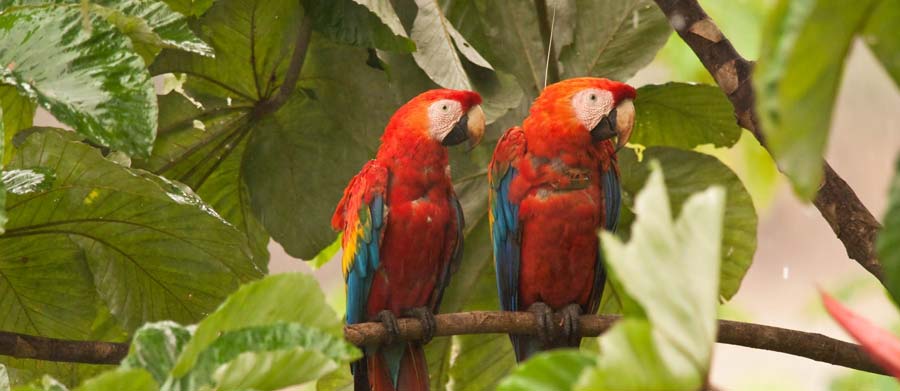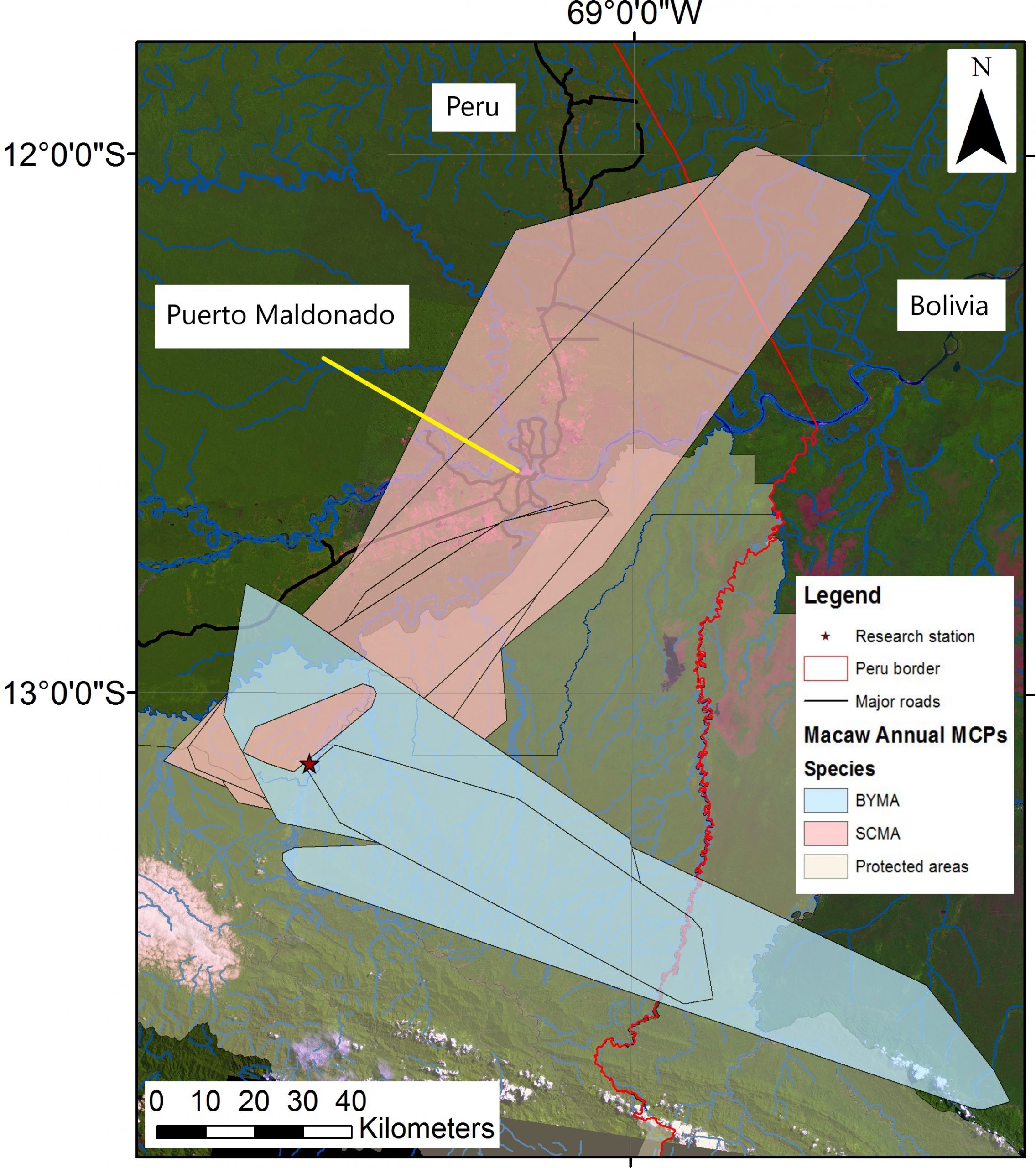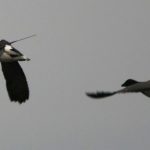← Back
Argos Telemetry Collars Allow Scientists to Track Macaw Movement Patterns and Advocate for Expanded Protection

Macaws are living in the wild – they are not “only” pets. Tracking Scarlet and Blue-and-Yellow Macaw with Argos enables to demonstrate that they move between protected and non-protected areas. Expanded Protection is thus needed to maintain their populations outside of protected areas.
When people think of parrots, they likely envision them perched atop pirates’ shoulders or squawking for crackers in a cage.
Yet parrots are wild birds, too: bright, majestic creatures that can fly for miles in a day. And across much of their range, wild parrots are highly endangered due to habitat loss and poaching for pets.
Study movement patterns of two parrot species with specifically-designed Argos collars
Even parrots living in protected zones face the risk of migrating into urban spaces or other areas with increased threats. In the past, it’s been hard to know just how common this occurrence is, because parrots are difficult to capture and tend to destroy any tracker small enough to fit them.
Only recently has Argos technology made it possible for researchers to study movement patterns of two parrot species and advocate for their increased conservation.
Scarlet Macaws (Ara macao) and Blue-and-Yellow Macaws (Ara ararauna) are two of the many species of parrots living in the lowland tropical rainforest of southeast Peru. The Macaw Society (formerly known as the Tambopata Macaw Project) has been studying parrots in this region for nearly 30 years.
Throughout that time, scientists noticed that the number of birds observed near nesting sites dropped greatly after the breeding season. This pattern had been documented with other parrot species elsewhere and suggested that parrots may migrate away from protected areas during the non-breeding season.
To help researchers investigate this pattern, researchers and industry partners developed durable satellite telemetry collars designed to fit large macaws and withstand their destructive abilities.
The Macaw Society captured and fitted 14 adult macaws—8 Scarlets and 6 Blue-and-Yellows—with these collars between 2008 and 2016. The collars then used the Argos system to determine the macaws’ locations during daylight hours in the non-breeding seasons.
More info about animal tracking with Argos
Larger ranges during non-breeding season
Based on their study, the scientists confirmed that both macaw species have quite substantial home ranges during the non-breeding season.
Not all of the collared macaws migrated, but those that did traveled up to 164 km from their point of capture and covered areas as great as ~5600 km2. Their non-breeding ranges were almost 18 times larger than their breeding ranges. These ranges included core areas where the macaws spent significant amounts of time, which were three times larger on average during the non-breeding season than during the breeding season.
All of the macaws were captured in a protected area complex that includes the Tambopata National Reserve and the Bahuaja Sonene National Park; all those that migrated during the non-breeding season traveled outside of this protected area, and all but one spent long periods of time in non-protected areas.

Home ranges of Scarlet and Blue-and-yellow Macaws (labeled SCMA and BYMA, red and blue areas on the figure) during non-breeding seasons. Protected areas (Reserve and National Parks) are in light green. Puerto Maldonado is the departmental capital and the largest city in the area. All birds were trapped within a 1 km radius of the Tambopata Research Center (star). (Credit TAMU, from [Brightsmith et al., 2021])
The only significant difference between the Scarlet and Blue-and-Yellow Macaws’ migratory patterns was the direction in which they traveled: Scarlets generally flew northeast, while Blue-and-Yellows flew to the east and southeast (see map).
Otherwise, both species showed similar patterns of vast movements during the non-breeding season.
Results advocate for expanded protection
Thanks to this study and Argos tracking technology, we now have evidence that macaws are one of many highly mobile animals that move between protected and non-protected areas.
While current reserves and national parks may provide sufficient protection during the breeding season, the study suggests that further work is needed to maintain macaw populations outside of protected areas.
Otherwise, migratory macaws and parrots will remain at risk.
Reference
Brightsmith, D. J., J. D. Boyd, E. A. Hobson and C. J. Randel. 2021. Satellite telemetry reveals complex migratory movement patterns of two large macaw species in the western Amazon basin. Avian Conservation and Ecology 16(1):14. https://doi.org/10.5751/ACE-01822-160114
Main photo: Two scarlet macaws, the one on the right has an Argos collar (M. Cameron) by Greta Hardy-Mittell


